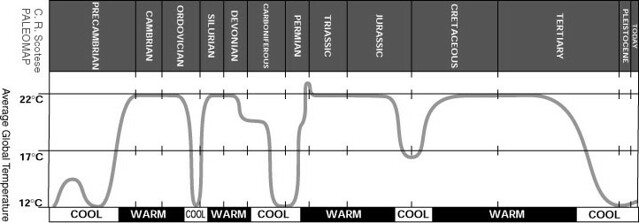"...The Himalayan source of Hinduism's holiest river, they say, is drying up.
In this 3,000-year-old city known as the Jerusalem of India for its intense religious devotion, climate change could throw into turmoil something many devout Hindus thought was immutable: their most intimate religious traditions. The Gangotri glacier, which provides up to 70% of the water of the Ganges during the dry summer months, is shrinking at a rate of 40 yards a year, nearly twice as fast as two decades ago, scientists say.
"This may be the first place on Earth where global warming could hurt our very religion. We are becoming an endangered species of Hindus," said Veer Bhadra Mishra, an engineer and director of the Varanasi-based Sankat Mochan Foundation, an organization that advocates for the preservation of the Ganges. "The melting glaciers are a terrible thing. We have to ask ourselves, who are the custodians of our culture if we can't even help our beloved Ganga?"
Environmental groups such as Mishra's have long focused on pollution of the Ganges. More than 100 cities and countless villages are situated along the 1,568-mile river, which stretches from the foothills of the Himalayas to the Bay of Bengal, and few of them have sewage treatment plants.
But recent reports by scientists say the Ganges is under even greater threat from Global Warming. According to a U.N. climate report, the Himalayan glaciers that are the sources of the Ganges could disappear by 2030 as temperatures rise.
The shrinking glaciers also threaten Asia's supply of fresh water. The World Wildlife Fund in March listed the Ganges among the world's 10 most endangered rivers. In India, the river provides more than 500 million people with water for drinking and farming.
The immediate effect of glacier recession is a short-lived surplus of water. But eventually the supply runs out, and experts predict that the Ganges eventually will become a seasonal river, largely dependent on monsoon rains. ...


